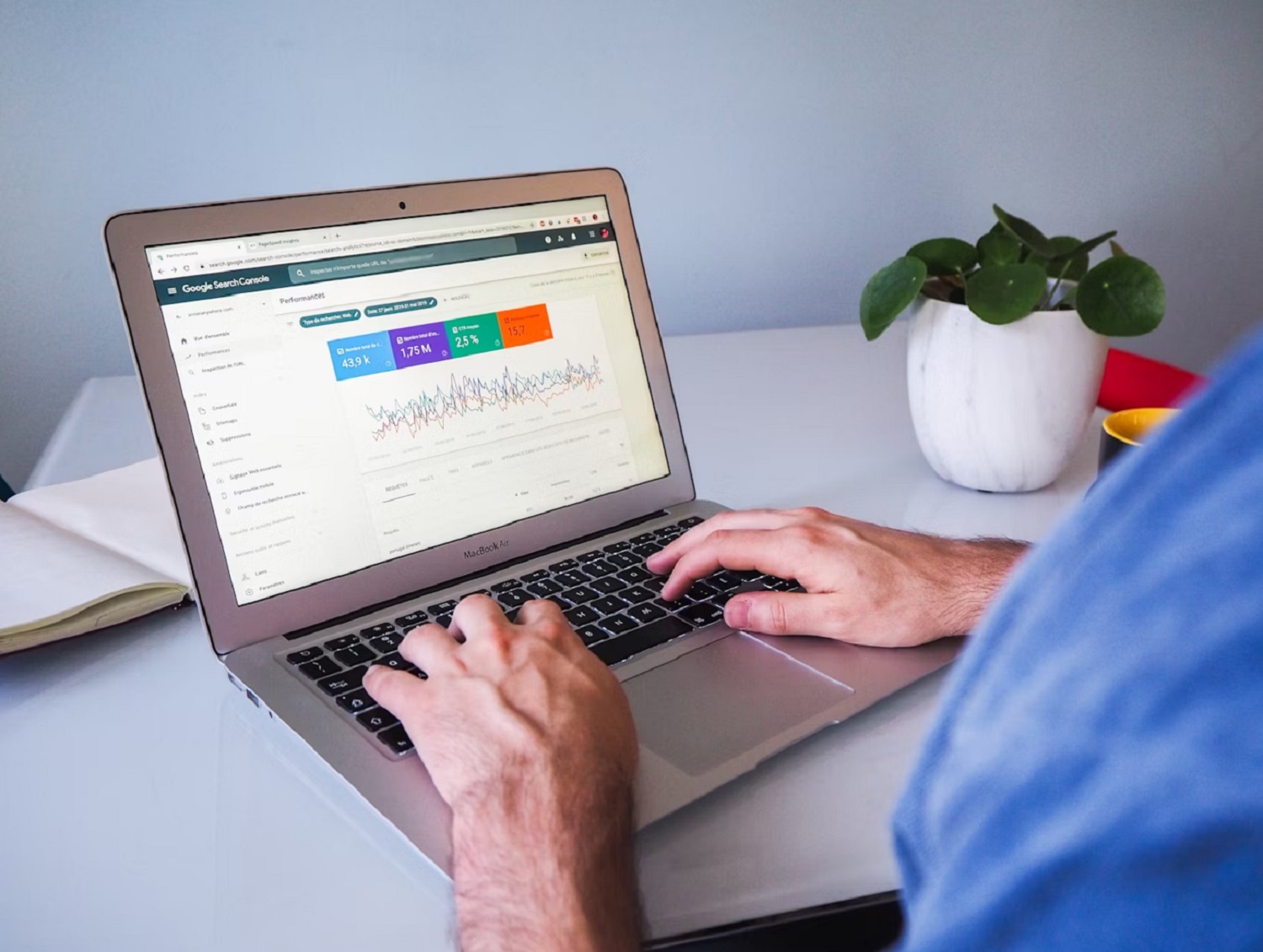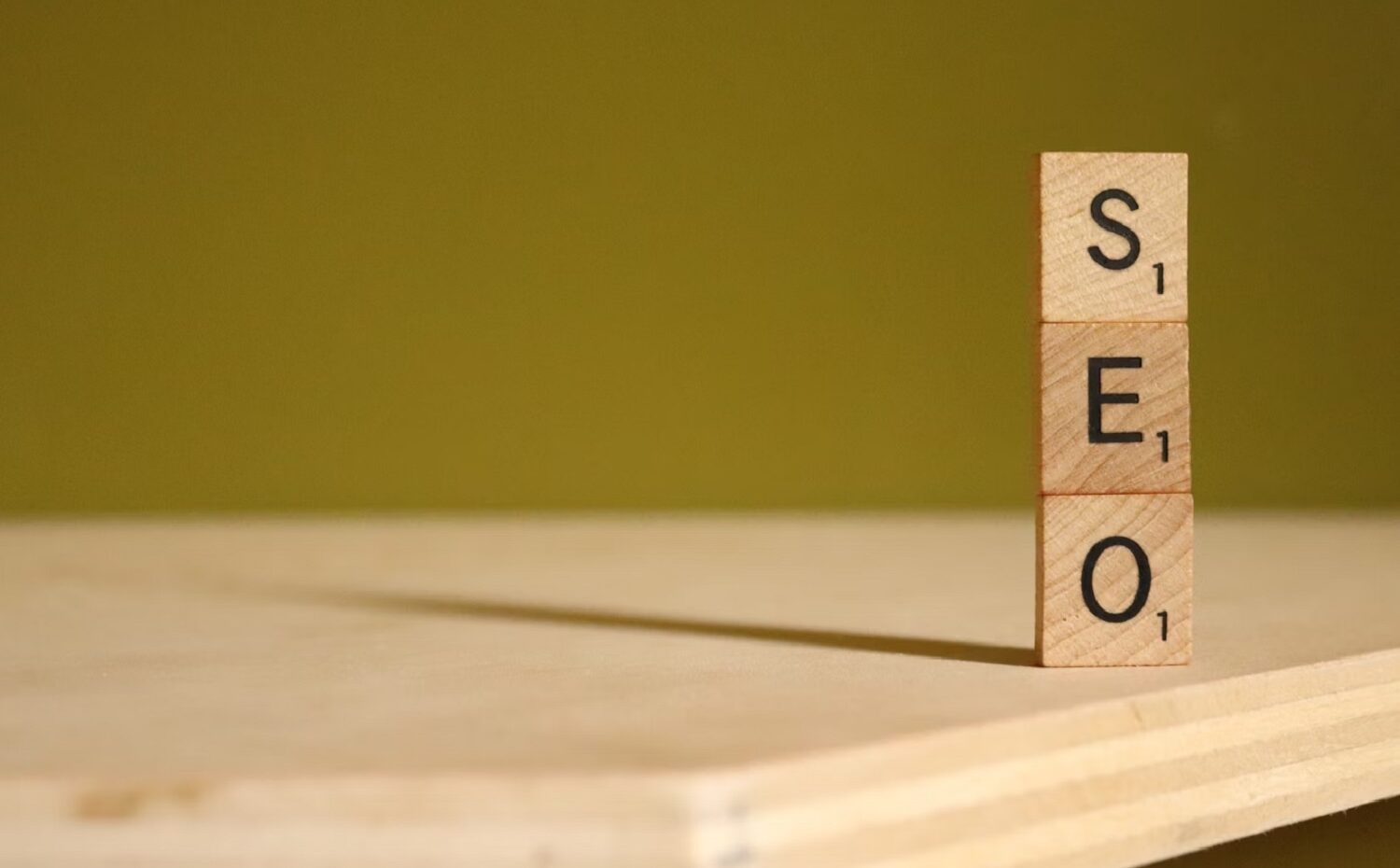How to improve crawling efficiency in SEO
In the fast-moving world of SEO, it’s super important to make sure search engines can easily crawl your website to boost its visibility and performance. Making the crawling process smoother can help with getting your site indexed better, which in turn bumps up your search engine rankings. But how do you make crawling more efficient?
First off, regularly checking for and fixing broken links is key. Those pesky broken links can mess up the search engine bots, making it harder for them to crawl your site properly. Plus, a fast-loading website isn’t just great for users; it also helps search engines zip through your content more easily.
Another biggie is keeping an eye on crawl errors using tools like Google Search Console. By spotting and fixing these errors—whether it’s broken links, bad redirects, or server issues—you make it easier for search engines to crawl your site. In the end, better crawl efficiency means your pages are more likely to get indexed and show up in search results, driving more traffic your way.
What is SEO crawling?

Photo by: Myriam Jessier from unsplash.com
Achieving optimal SEO performance hinges significantly on understanding how search engines crawl your site. Crawling refers to the systematic browsing of a website by search engine bots or spiders to collect data. These bots follow links from one page to another, indexing content to make it searchable.
Importance of Crawling for Search Engine Ranking
Effective crawling ensures that critical pages on your website are indexed and appear in search results. According to a BrightEdge survey, over 51% of all website traffic originates from organic searches, underscoring the necessity for efficient crawling. SEO performance, including rankings and visibility, is significantly influenced by how well search engines can access and index your content. Regular crawling by bots also ensures that your latest updates are indexed, thereby maintaining your site’s relevancy and freshness in search results.
What are the key factors affecting crawling efficiency?
Understanding what affects crawling efficiency can help you make strategic improvements to your website. Here are the primary factors you need to focus on:
Role of crawl budget
Your crawl budget determines how many URLs Googlebot will crawl within a certain timeframe. This is influenced by factors like crawl rate limit and crawl demand. A responsive server allows Google to crawl faster, while a high-quality, regularly updated content base increases crawl demand. Efficient use of your crawl budget ensures that important pages are crawled and indexed promptly.
Impact of website structure on crawling
A well-organised website structure significantly affects crawling efficiency. Logical site architecture, from the homepage to category and content pages, makes navigation easier for crawlers. Avoid deep directory structures, which can make pages less accessible to crawlers. Clear internal linking and a properly maintained XML sitemap also aid in better indexing of your content.
Effect of page speed and server health
Page speed and server health play critical roles in SEO and crawling. Slow-loading pages can reduce crawl rates as they consume more of Googlebot’s time. Ensuring your web pages load quickly improves crawl efficiency. Google’s research shows that page load times of more than six seconds increase user bounce rates significantly. A responsive, healthy server can handle more concurrent crawler requests, allowing for quicker indexing of your website’s content.
Strategies to enhance crawling efficiency
To improve crawling efficiency, consider several key strategies that optimise your website for SEO and search engine visibility.
Optimise internal linking
Optimising internal linking is essential for better crawling. Use descriptive anchor texts to aid crawlers in understanding the page content. Ensure that each internal link adds value and directs to relevant pages. Avoid broken links since they waste the crawl budget and hinder the crawler’s path through your website. A logical linking structure helps search engines navigate your site efficiently.
Regular sitemap updates
Regularly updating your sitemap ensures search engines crawl new and updated content promptly. Include only essential pages in your XML sitemap for efficiency. Remove outdated or redundant pages to maintain a clean structure. Manually submit your updated sitemap to Google Search Console and Bing Webmaster Tools for faster indexing. Keeping your sitemap current means search engines always have the latest map of your site’s layout.
Streamline website performance
Improving website performance is crucial for better crawling. Fast-loading pages enhance crawl efficiency. Optimise images, leverage browser caching and minimise CSS and JavaScript files to speed up your site. According to research, a slow website can reduce crawl rates. Monitor page speed using tools like Google PageSpeed Insights. A smooth, responsive site enhances both user experience and crawler efficiency.
Enhancing crawling depth through technical strategies

Photo by: Pixabay from pexels.com
Enhancing crawl depth is crucial for allowing search engines to skim your website’s surfaces and dive deep into the treasure trove of your content. Think of it as giving Google a snorkel and a pair of flippers.
Simplify URL structure
When it comes to URLs, avoid the trap of turning them into a secret code. Shun unnecessary parameters like they’re your ex at a party and stick to short, descriptive paths. Think of your URLs as the name tags at a conference – clear and concise, so even the most clueless crawlers can find their way.
Leverage XML sitemaps
Treat your XML sitemap like it’s the ultimate treasure map. Make sure it’s up-to-date, showing search engines where the gold is buried—the crucial pages of your site. Hand over this map to Google Search Console and Bing Webmaster Tools like you’re giving them a winning lottery ticket. Keep it fresh with new content, and prune out the deadwood regularly to avoid sending search engines into a wild goose chase.
Enhance Page load speed
Speed up your page loading like a caffeinated bunny. With zippy pages, not only will users stick around longer, but search engines will zip through your site like it’s the Autobahn. Compress images until they’re slim and sleek, use browser caching like it’s going out of style, and minimise CSS, JavaScript, and HTML as if you’re doing code origami. According to Backlinko, faster-loading sites get a thumbs up from search engines, so pedal to the metal!
By putting these strategies into action, you’ll turbocharge your site’s crawl depth, enhance indexing, and climb the ranks—because who doesn’t want to be at the top of the search food chain?
Monitoring and maintaining crawling efficiency

Photo by: Meruyert Gonullu from pexels.com
Utilise google search console to crawl stats
Keep an eye on your crawl stats with Google Search Console. This tool shows how often Google is crawling your site and flags any crawl errors. Make a habit of checking the Crawl Stats report to spot issues like 404 errors or slow-loading pages. Staying on top of this stuff helps you quickly fix problems that could mess with your site’s SEO performance.
Analyse and interpret log files
Analyse your server log files to see how search engines interact with your website. These logs can tell you which pages are being crawled and how often. They can also help identify crawl anomalies holding back your SEO efforts. Use tools to filter and interpret this data, enabling you to make informed decisions about where to make improvements.
Regular audits for crawl issues
Conduct regular audits to pinpoint and rectify crawl issues. Look for common problems such as broken links, duplicate content, and pages excluded by no-index tags. Using automated SEO tools can streamline this process, allowing you to uncover issues more efficiently. Fixing these problems ensures that your website remains optimally crawlable, boosting your overall SEO performance.
You can also check out Effective backlink creation techniques, creating effective backlinks is a critical strategy for boosting your website’s visibility and search engine ranking. It’s all about crafting quality content, reaching out strategically, and building a network that secures links to elevate your online presence. Understanding where your audience hangs out online and connecting with those platforms and influencers is key.


